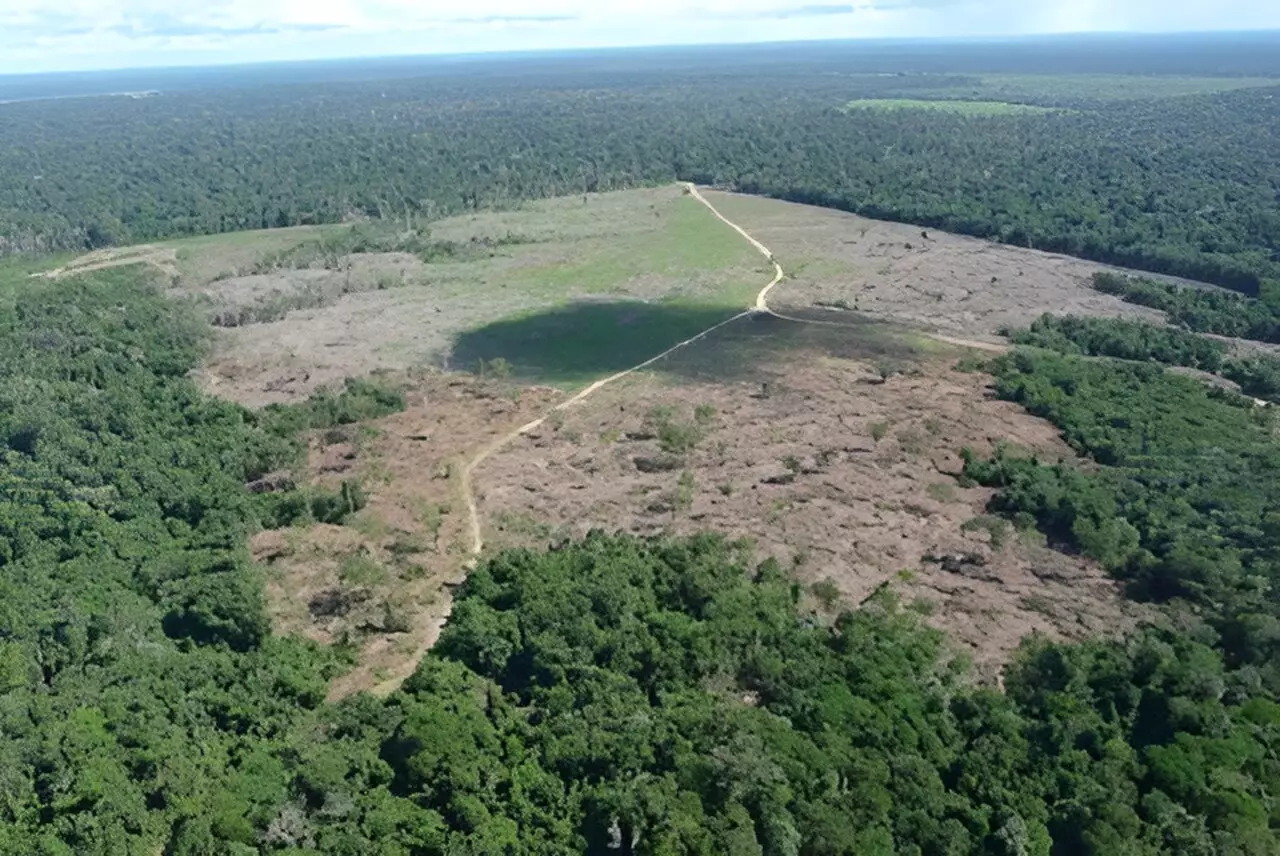Brazilian Legal Amazonia (BLA) stands as a monumental environmental region, encompassing over 5 million square kilometers—roughly 60% of Brazil’s terrestrial expanse. This staggering area is home to both rich biodiversity and vital ecological services. However, the region presently teeters on the brink of ecological collapse, with approximately 23% of its forests having already been deforested and over a million square kilometers facing degradation. Such deterioration not only threatens local ecosystems but portends severe consequences on a global scale, including the release of billions of tons of carbon dioxide into the atmosphere.
As some areas become net carbon emitters, such as the “Deforestation Arc” and borderlands of the Cerrado, it is increasingly evident that immediate and effective action is paramount. The determination to conserve remaining virgin forests alongside rehabilitating degraded lands has gained urgency, prompting not only national efforts but also commitment from the international community.
Traditionally, the drivers of deforestation have been identified through a supply-side lens, focusing predominantly on the agricultural and livestock industries that replace forests with alternative land uses. However, recent research led by Eduardo Haddad has revealed a more intricate picture. His study highlights that far more significant pressure comes from domestic demand rather than foreign sources.
According to Haddad’s insights published in *Nature Sustainability*, a staggering 83.17% of deforestation connects to demand external to the Amazon region. Specifically, 59.68% stems from other Brazilian states, with the remaining 23.49% attributed to international demand. This reframing elucidates the complexity of deforestation as not just an issue of exports but instead as fundamentally tied to national consumption patterns, particularly in relation to commodities abundant in the region.
The study employed an advanced input-output matrix model, pioneered by Wassily Leontief, to crystallize the relationships between various sectors of the Brazilian economy. Haddad humorously notes the challenge of working with outdated economic frameworks—IBGE’s last input-output matrix was produced in 2015 and has not been updated due to data access and complexity issues. Nevertheless, given the stagnant economic growth since that time, the study still provides relevant insights.
The findings elucidate that the growth in demand for agriculture—especially soybeans and cattle—has radically reshaped land use in the Amazon. From minimal production in 1974, soybean output skyrocketed to 50 million metric tons by 2022, while livestock farming has similarly seen extraordinary growth. It is noteworthy that the rapid increase in cattle ranching has largely been driven by domestic consumption patterns and rising per capita incomes across Brazil.
Geographically, the deforestation threat has been concentrated in BLA, which accounted for an astonishing 65.7% of total deforestation in Brazil as of 2015. Cattle ranching emerges as a dominant driver of this phenomenon, accounting for nearly all the deforestation in the region. Farming for crops, particularly soybeans and corn, also plays a notable role, while mining contributes minimally.
Anthropogenic influences extend beyond agriculture to include urbanization and infrastructure development, which have resulted in increased land clearing and habitat degradation. Notably, illegal land appropriation methods, such as ‘grilagem’—falsification of land title deeds—intensify the issue. A significant portion of deforestation stems from lands illegally occupied, leading to a complicated interplay of legality, market participation, and the consequent ecological ramifications.
The research underscores a vital truth: the demand emanating from Brazil’s most developed regions—specifically the Southeast, Center-West, and South—exerts greater pressure on Amazonian forests than the international market. This paradigm shift poses essential questions for policy makers and advocates in civil society regarding conservation strategies and action plans.
Given that shifting land use practices, like cattle ranching and extensive monocultures, remain primary sources of greenhouse gas emissions, strategies to control deforestation are critical. Current policies must urgently pivot to address internal consumption habits alongside export dynamics to effectively mitigate environmental degradation and combat climate change.
Moreover, such findings serve as potent reminders of the intricate interdependencies between economic demands and ecological health in the Brazilian Legal Amazonia. Stakeholders must engage in multidisciplinary approaches—spanning economics, conservation biology, and social policy—if there is any hope of establishing a sustainable future for this crucial global asset.


Leave a Reply